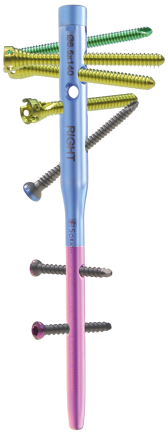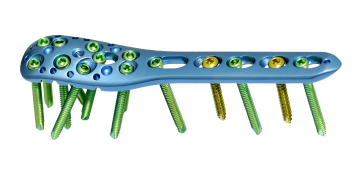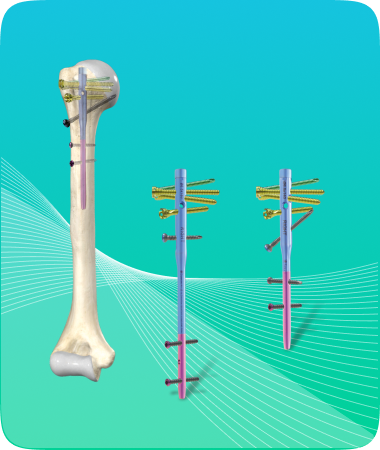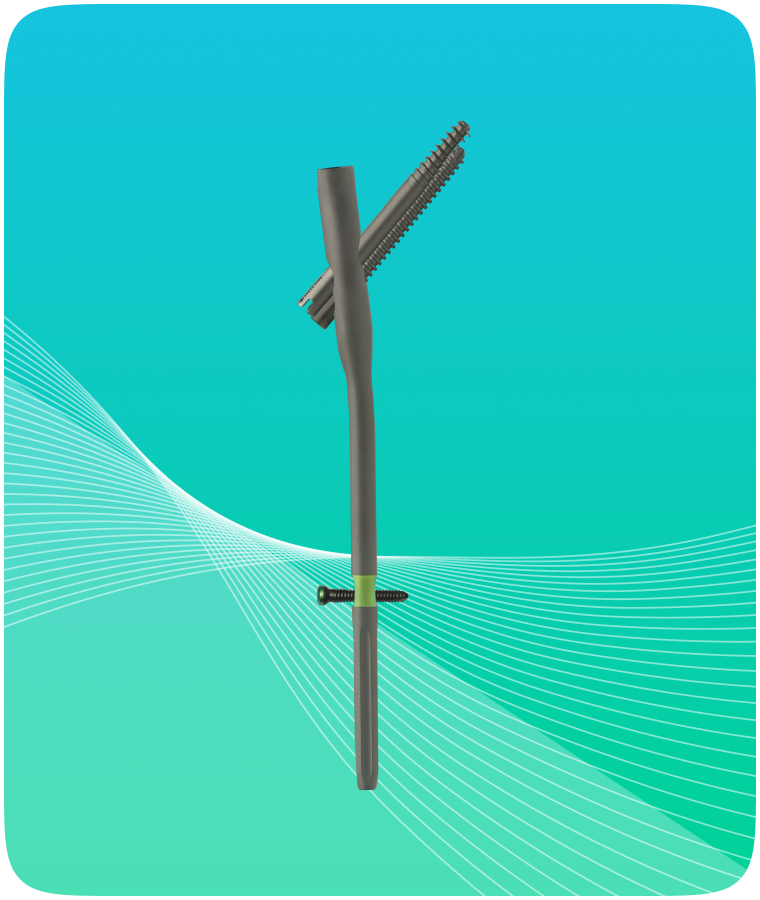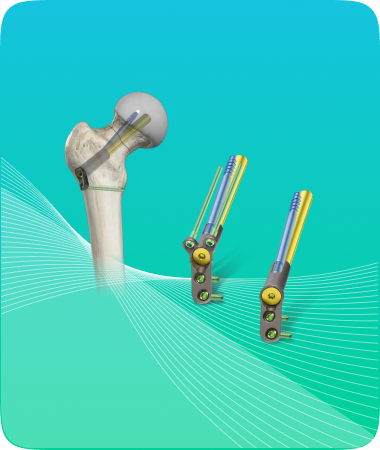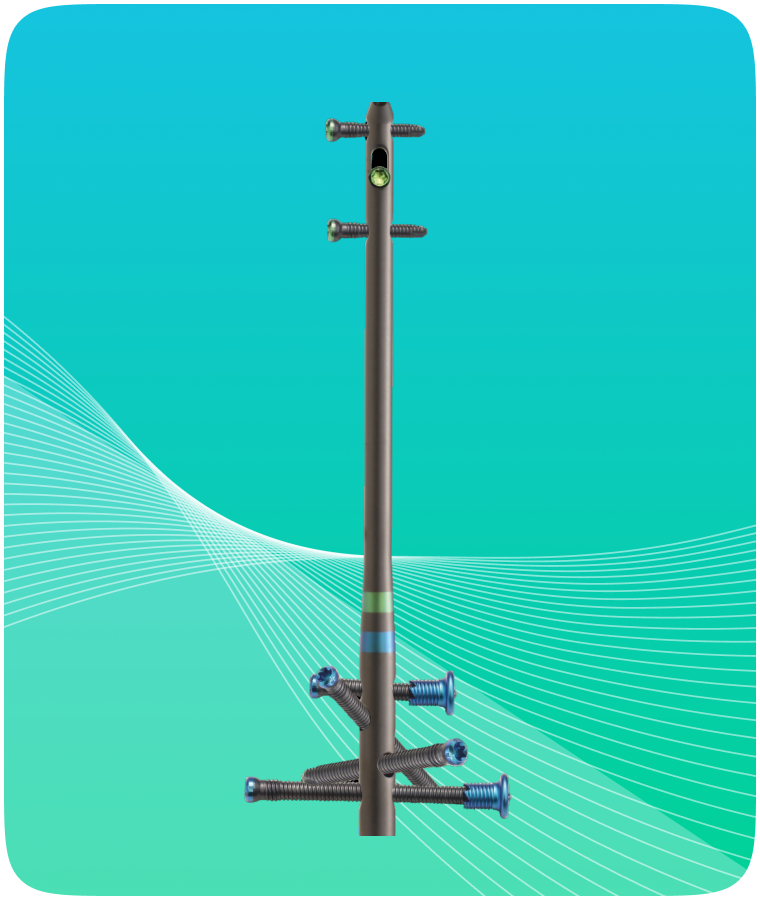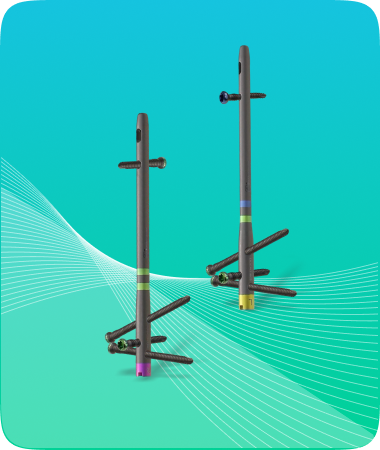Proximal Humerus
The Sorath Implants for Humerus Fractures offer advanced solutions for managing various types of humeral injuries, with a particular focus on the latest innovations: the Hybrid Lock Humerus Nail and the Proton Plate with Spyrox technology.

